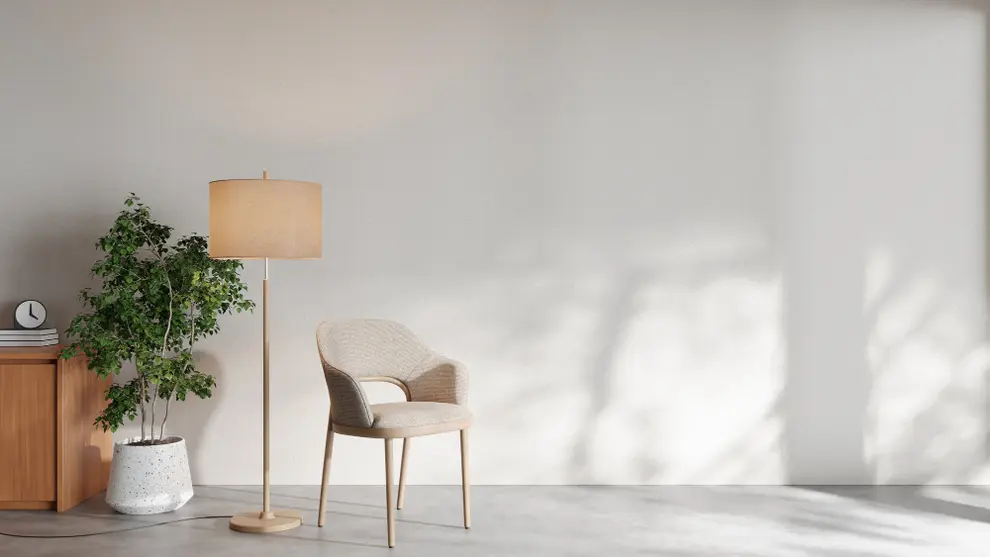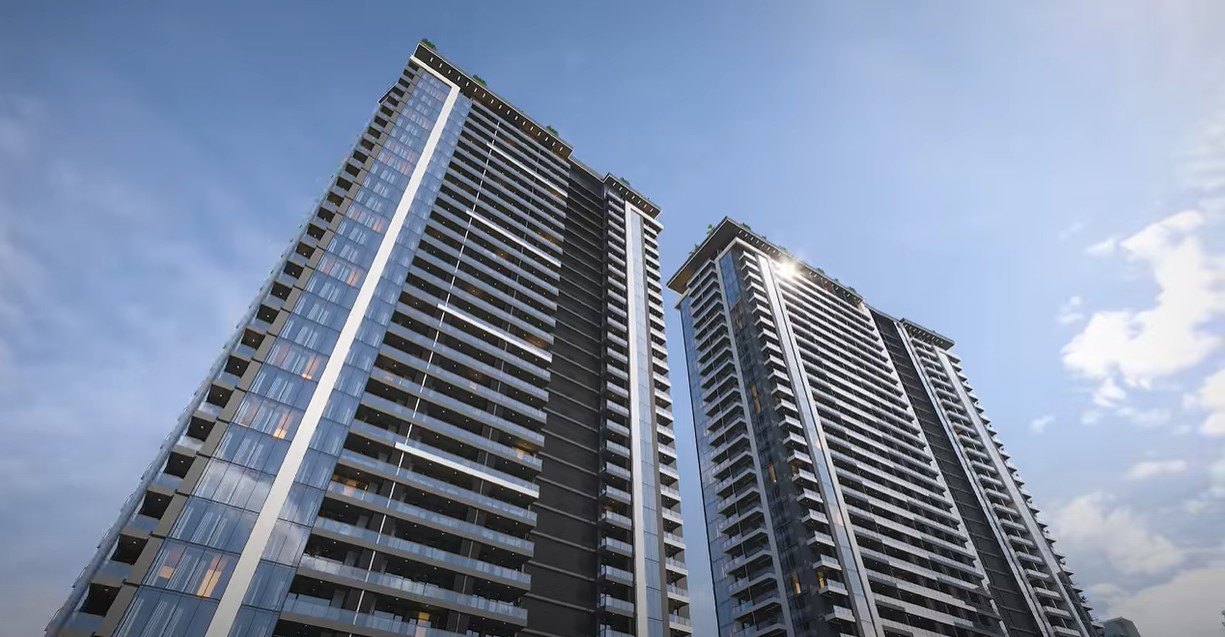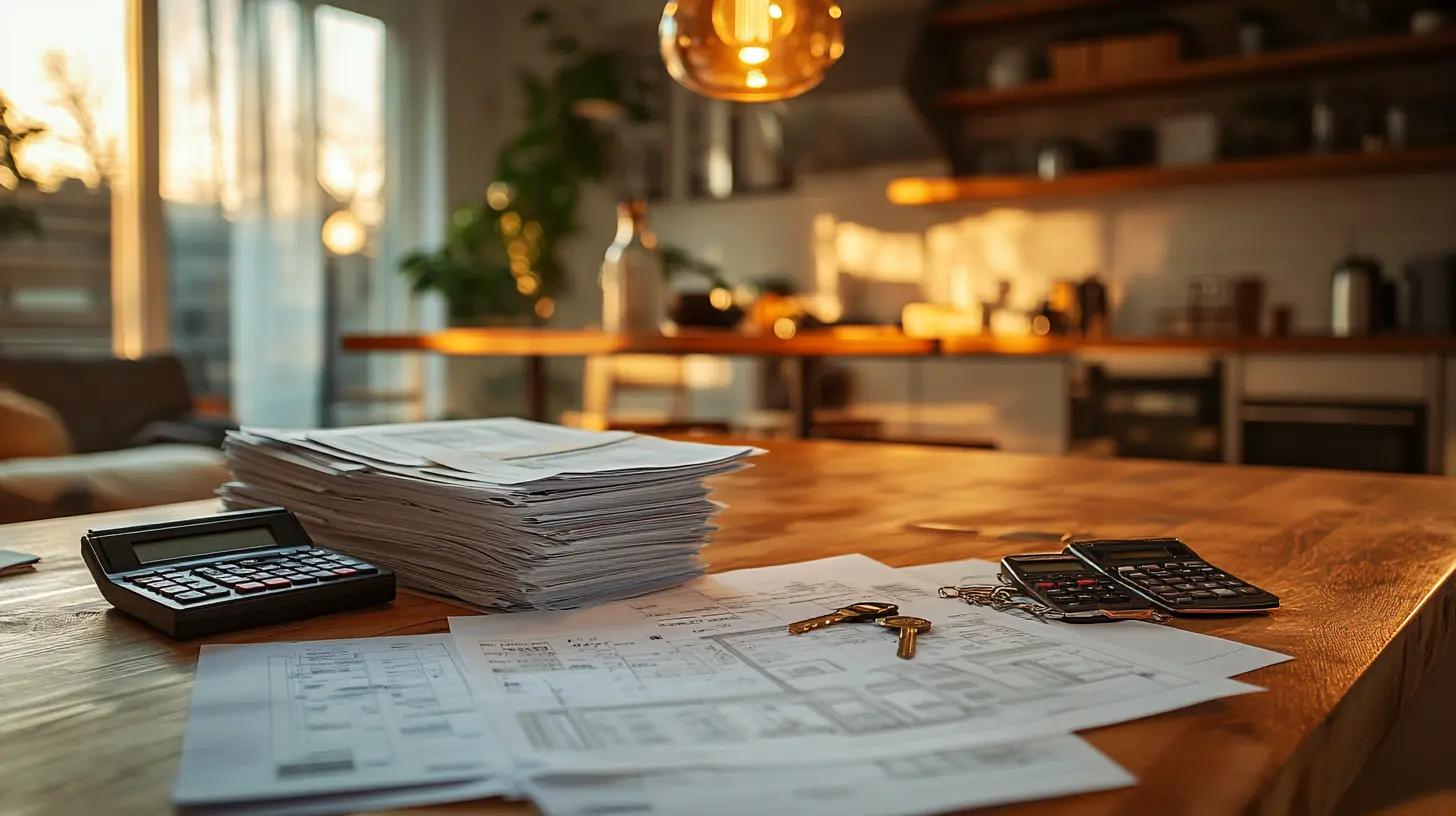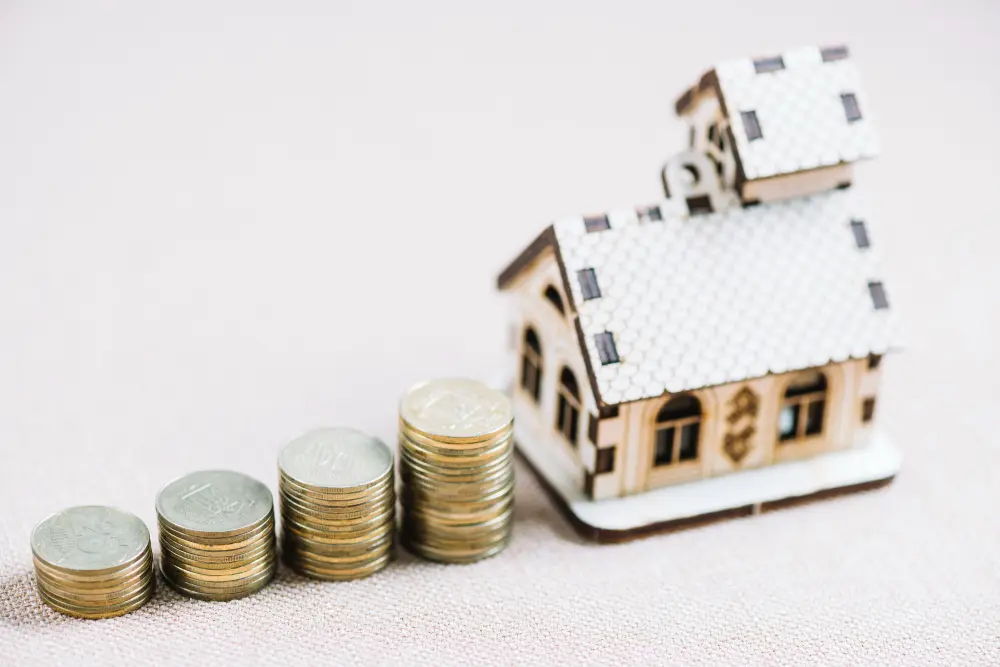Interior Design: 9 Most Popular Styles Today
Deciding on your house’s interior design has probably never been as challenging as it is now. It used to be one or two trends always dominated, but nowadays dozens of styles have popped up, with trends changing at lightning speed. In this article, we'll review the trendiest interior design styles in the 2020s and how to settle on an apartment design that will stay in style for years.
Among currently popular interior design trends we can identify 5 main types. The rest are mainly offshoots of these trends but each has enough individual characteristics to warrant separate classification.
These main trends are:
Minimalism in Interior Design
Even those who’ve never been interested in interior design probably have at least a superficial idea of the minimalist trend. Minimalism is based on the "less is more" principle and is characterized by simplicity and functionality. The Interior is dominated by elements that serve specific roles, while decorative items are either absent or down to a minimum. The style uses smooth geometric shapes and neutral colors, often white, gray, or beige. Furniture is simple, with clean lines and without excessive decorative elements (e.g., paintings and carvings), while accessories are selected strictly for functional purposes. The visual effect should be light and cozy, not tiring the eyes with excessive details when being looked at.

Popular offshoots: Scandinavian, Japandi, Contemporary Minimalism
Scandinavian
Scandinavian style apartments focus on functionality and the use of natural materials. They emphasize open spaces and natural light sources. Typically, in Scandinavian style design, walls are either painted white or covered with light-colored wood or brick - or at least its imitation. It’s a popular solution in modern architecture and interior design in spaces where access to natural wood walls is limited.

OKTO ART HOUSE
Japandi
Japandi is a blend of two minimalist trends - the slowly waning Japanese Zen and the still invariably popular Scandinavian style. In addition to functionality and natural materials characteristic of minimalism, it uses dark colors typical of the Japanese style - green, eggplant, black, terracotta, etc. Also, unlike other minimalist trends, large-leaved natural green plants are popular in decor. Japanese style perceives them as essential elements for creating calmness instead of non-functional decorations.

Contemporary Minimalism
The so-called contemporary style combines the simplicity of “classic” minimalism with modern trends. Decorative elements are still virtually nonexistent, but more modern materials are used (glass and metal, along with wood and stone traditional for minimalism). The space is often open, and bright, with a strong emphasis on the latest technology (e.g. contemporary minimalism is a popular interior design choice for many “smart homes”).

Modern in Interior Design
Modern and minimalism have much in common but are still classified into different styles due to several fundamental differences. Modern developed in the early 20th century, influenced by Bauhaus and the Industrial Revolution. Minimalism, on the other hand, is the zenith of Modern's central ideas - emphasis on functionality and the disappearance of cluttered decorative elements. That said, while Minimalism relies on neutrals, Modern uses more colors and textures, and art pieces are an almost essential decorative element. Using a white frame to contrast colorful elements is a popular design choice. Modern style focuses more on the experimental and artistic aspects of design.

OKTO ART HOUSE

Popular offshoots: Art Deco, Industrial
Art Deco
Art Deco is one of the clearest examples of Modern style. It is characterized by refined ornaments, simultaneous use of metal and wood, smooth geometric shapes, and bright colors. Unlike most Minimalist and even Modern interior design styles, however, the main emphasis in Art Deco is on luxury and glamour. It widely uses decorative elements and isn’t afraid of "non-functionality."

Industrial
Industrial style uses rough, unprocessed elements, creating a so-called "factory" aesthetic. It’s characterized by strong “industrial” elements like uncovered pipes, exposed brick walls, concrete floors, and metal details. It started with the transformation of many defunct industrial facilities into living spaces, but nowadays, it is often found in ordinary residential complexes as well.

OKTO ART HOUSE
Maximalism in Interior Design
Maximalism is the antithesis of minimalism. It rejects the "less is more" principle and emphasizes colors, decor, and eclecticism. It is characterized by bold colors, a mix of various textures, and daring pattern combinations. The ultimate goal is for the design to provoke visual stimulation. Decorative elements, numerous accessories, and art pieces are widely used. Maximalism adherents believe that the trend should express the owner’s personal style and create an energetic, "living" space - in contrast to minimalist sterility.

Popular offshoots: Boho, Mediterranean
Boho (Bohemian)
The main characteristic of the Boho style is that it "doesn't have a unified style." Boho interior design is noticeably eclectic and often combines elements that are in starkly obvious disharmony with one another. It's entirely possible to use details from different cultures, periods, and textures in one small space. It is characterized by rich, vibrant colors, eclectic patterns with diverse prints, and clutter, often of vintage items. It's rare for a development company to offer clients a ready-made Boho design when purchasing an apartment - arranging this style is almost always an expression of the owner's personal character.

Mediterranean
Mediterranean interior design style found inspiration in the atmosphere of Southern European coastal regions (Spain, Italy, Greece). It is characterized by bright, sunny colors (yellow, orange, terracotta, blue, green), natural materials (stone, wood, ceramics), soft furniture, and simple, elegant forms. The use of cheerfully colored ceramic tiles is one of this style’s most visually striking characteristic elements. Plants are often used for decoration as well.

Traditional (Classic) Interior Design
The "traditional" interior design style is characterized primarily by symmetry, harmony, and elegance. Unlike minimalism, it favors decorative elements - but in moderation. The living spaces are furnished with rich fabrics and antique (or similar) furniture, with art pieces often hanging on the walls. The color palette is mostly neutral and warm, with dark wood tones being popular. Complex architectural details, such as ornate cornices, panels, and fireplaces, are characteristic. Wooden furniture is often painted, while fabrics have rich textures but modest, one-tone patterns.

The modern iteration is based on European, especially English and French, classic design, and aims to create an environment that will be considered comfortable and elegant even decades later.
Rustic Interior Design
Rustic style in interior design focuses on the simplicity of rural life and closeness to nature. It is characterized by the use of natural, unprocessed materials, especially rough and untreated wood and stone. Interiors often have exposed wooden beams, stone walls, and so-called "rustic" flooring (made from hardwood - oak, pine, etc.). The color palette is also mainly based on natural tones - all shades of brown, beige, green, and some gray are popular. Furniture is massive and often handmade, with vintage or antique elements. Natural materials such as leather, cotton, and wool are used for furniture and decor.

Popular offshoots: Farmhouse, Cottage, Country House
The fundamental differences between them are minor and mainly come down to the balance of using raw materials and modern elements. Farmhouse style uses raw materials most actively, while the so-called Country House style has the most balanced approach, and is actively used in urban areas in attempts to create a warm, cozy interior.
If you think art and design are as important to a living space as architecture, take a look at what OKTO GROUP has to offer, and maybe you’ll find your dream apartment under construction in Batumi. We know well that aesthetics is one of the central elements that create a space worth living in. OKTO ART HOUSE is being built precisely for those who understand the importance of beauty in architecture.


